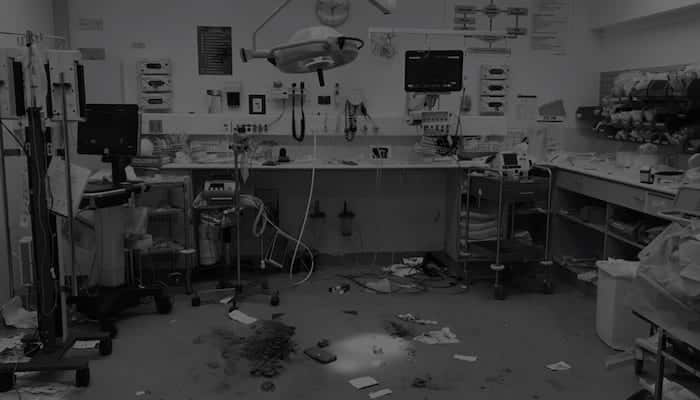ICE 015: Progressive rash and fever
A 22 year old woman with a past history of a seizure disorder presents to the ED with a 3 day history of progressive rash and fever. The rash began as macules and papules on the chest and neck and has now become blistered and eroded and involves the mouth and eyes. Her temperature is 39°C and she feels miserable
Questions
- Describe the features of the rash
- What is the likely diagnosis ?
- Suggest possible underlying aetiologies
- How should this patient be managed?
Reveal the ICE answer
The rash is widespread and in many forms (blisters, vesicles, erosions macules and papules). There is definite involvement of the oral mucosa and we are told that the eyes are involved as well. Although not seen, it is fair to assume up to 20% of body surface area is involved.
This is likely to be Stevens-Johnson Syndrome (previously known as erythema multiforme “many-forms” major) a disease with an immunological basis, on an overlapping continuum from the mild form (erythema multiforme) to the most severe (toxic epidermal necrolysis).
The common causes of these syndromes are:
- Drugs – antibiotics esp sulphonamides, antiepileptics, NSAIDs, allopurinol
- Infections – mycoplasma, herpes simplex, HIV
- Haematological malignancies – lymphoma, leukaemia
The severe forms are often caused by drugs and can be life threatening.
Immediately stop any potential causative drugs.
This patient should definitely be admitted to hospital and preferably under the care of a dermatologist. If the disease becomes more severe or progressive care in a burns unit is required. The ED treatment is largely that of burns: dressings, pain relief, volume replacement and temperature maintenance.
References
- Eponymictionary – Stevens-Johnson syndrome
- CCC – Stevens-Johnson Syndrome and Toxic Epidermal Necrolysis
- Eponymictionary – Albert Mason Stevens (1884-1945)
- Eponymictionary – Frank Chambliss Johnson (1894-1934)

ICE CASES
Ian’s clinical emergencies
emergency physician keen on medical education and cycling

